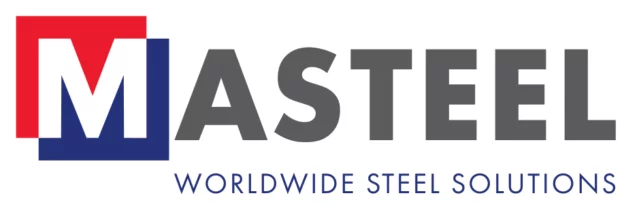Steel sections are crucial in the construction industry as they offer structural integrity and support to a range of buildings and infrastructure projects. These sections come in different shapes and sizes, each with its own set of properties and applications. In this blog post, we will introduce five different types of steel sections and discuss their specific uses. By understanding these sections and their applications, steel fabricators and construction professionals can make informed decisions when selecting the appropriate section for their projects.
Factors Influencing the Choice of Steel Section
There are many different steel sections available, but we will look at the five most common types and their applications. Despite the many options, several factors must be considered when choosing a steel section. Load-bearing capacity, structural stability, design requirements, and the specific application all play a role in determining the most suitable section. By considering these factors, steel fabricators can ensure that the selected section will meet the structural demands and provide optimal support for the intended purpose.
Angle Sections
Angle sections, also known as L-shaped sections, are characterised by their equal or unequal sizes, with both types featuring right angles. These sections are highly effective in resisting shear and tension under point loads. Angle sections are commonly used in braces, connecting members for built-up sections, residential construction, infrastructure projects, mining, and transportation. They are also suitable for corner protection, reinforcement, aesthetic trims, and brackets.
Beams and Columns
I-Beams and H-Beams are among the most commonly used steel sections in construction. These sections feature an I or H shape and offer outstanding strength and support for various load combinations. They are widely used as beams, girders, and columns in buildings, bridges, and other structures. The wide flange design of I-Beams offers excellent resistance to bending moments and shear forces, making them ideal for spanning long distances and supporting heavy loads.
Channels
Channels, called C-beams or U-beams, include top and bottom flanges connected by a web. The key benefits of these sections are their cost-effectiveness and high strength, making them ideal supports in various smaller projects. Channels find applications in suspended ceiling systems, mezzanine floors, brickwork restraints, and vertical sheeting rails. They can serve as structural components in various industries, offering stability and strength.
Hollow Structural Sections (HSS)
Hollow structural sections are determined by their hollow cross-sections, which are available as circular, rectangular and square. HSS are often used in load-bearing columns, welded steel frames, and industrial equipment. Their hollow design provides efficient strength-to-weight ratios, making them suitable for multi-axis loading applications. HSS sections are also used in architecturally open buildings, fencing and railings.
Plates
Steel plates are used in construction projects because they can be produced in different shapes and sizes, offering excellent versatility. These plates are commonly used to reinforce structures or attached to other steel sections. Some common applications of steel plates include foundations, skyscrapers, airports, military projects, shipbuilding, pressure vessels, oil and gas pipelines, transportation vehicles, and more. Steel plates provide essential support and durability in demanding environments.
Steel Sections from Masteel
Steel sections are integral components in the construction industry as they provide structural support and stability to multiple applications. To purchase steel sections from a globally-recognised steel provider, look no further than Masteel. We operate under an ISO 9001-certified management system and offer a wide range of high-quality steel sections for clients in the construction, military, mining, oil and gas industries and more.
For more information on steel sections and their uses, contact us today.
